How to Stop MacBook-Pro Screen from Flickering
Your MacBook’s screen may flicker if the OS of the MacBook is outdated. Moreover, different MacBook settings (like Shake Mouse Pointer to Locate, Dark Mode, True Tone, etc.) may also cause the issue at hand. The issue occurs when the screen of the user’s MacBook starts flickering; either vertical or horizontal lines of different colors are shown on the whole screen or a portion of the screen.
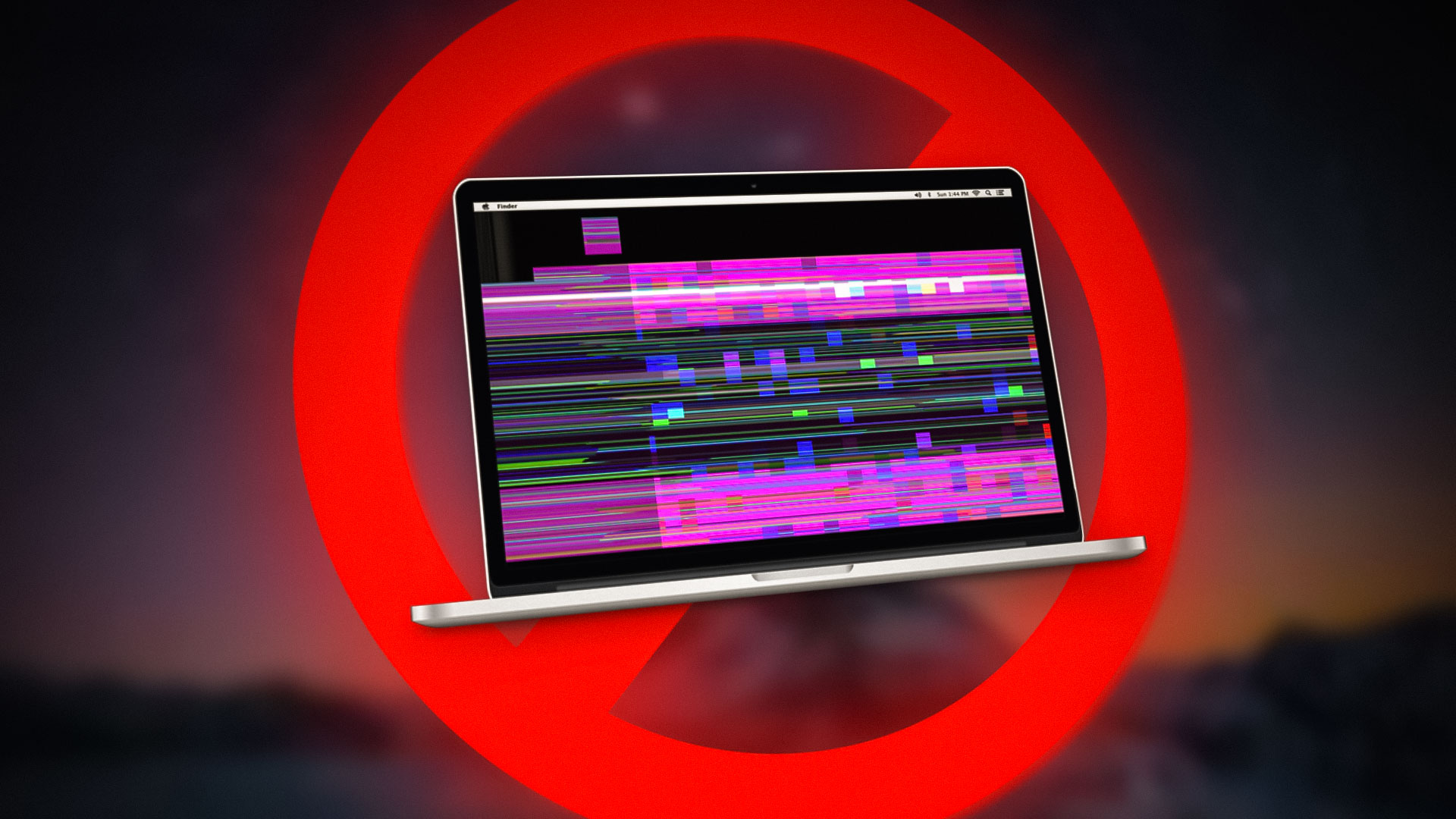
You can fix your flickering Mac by trying the solutions below but before that, check if the screen flickering issue occurs in the MacBook’s safe mode.
Moreover, check if trying the following temporary workarounds (reported by users) solve the flickering issue:
- Re-opening the MacBook’s lid.
- Performing a battery drain of the MacBook.
- Expanding the Apple menu, selecting Restart, and clicking on the Cancel button.
- Switching between different screen resolutions.
- Restarting the MacBook after removing all other devices (projector, external display, etc.) solves the issue.
Update the OS of the MacBook to the Latest Built
An outdated macOS of the MacBook may cause the screen flickering as the OS may become incompatible with other modules/applications. In this case, updating (or upgrading) the OS of the MacBook to the latest release may solve the problem. But before proceeding, make sure to back up the system by using the Time Machine.
- Launch the System Preferences of the MacBook and open Software Update.
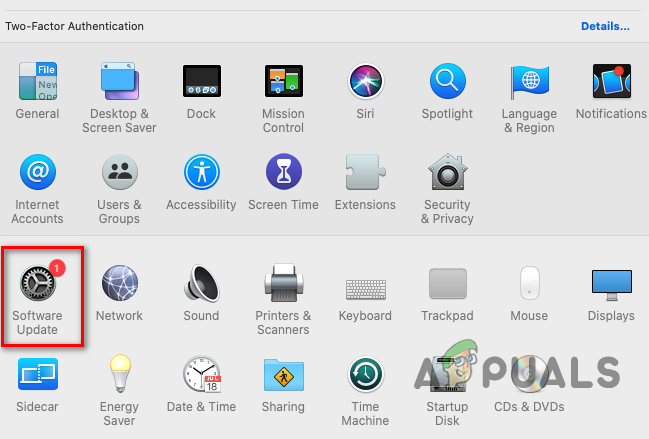
Open Software Update in the Mac’s Preferences - If an update is available, click on Update Now (or Upgrade Now) and let the update download and install.
- Once the OS of the MacBook is updated, check if its screen flickering issue is resolved.
If no more update is available at step 2, then you may try to downgrade (from an older backup) the OS of the MacBook (if the issue started after an OS update).
Disable Shake Mouse Pointer to Locate
Although the feature of locating the mouse pointer (by shaking it) is quite nifty but it may cause the issue at hand as the feature interferes with the display modules of the Mac. In this context, disabling the feature of Shake Mouse Pointer to Locate may solve the problem.
- Launch the System Preferences of the MacBook and open Accessibility.
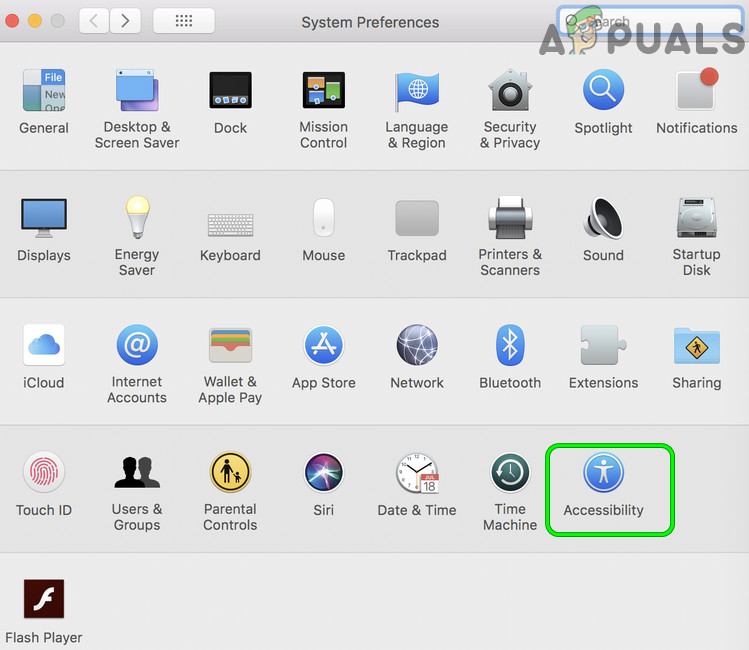
Open the Accessibility Settings of Mac - Now head to the Display tab and in the right pane, uncheck the option of Shake Mouse Pointer to Locate.
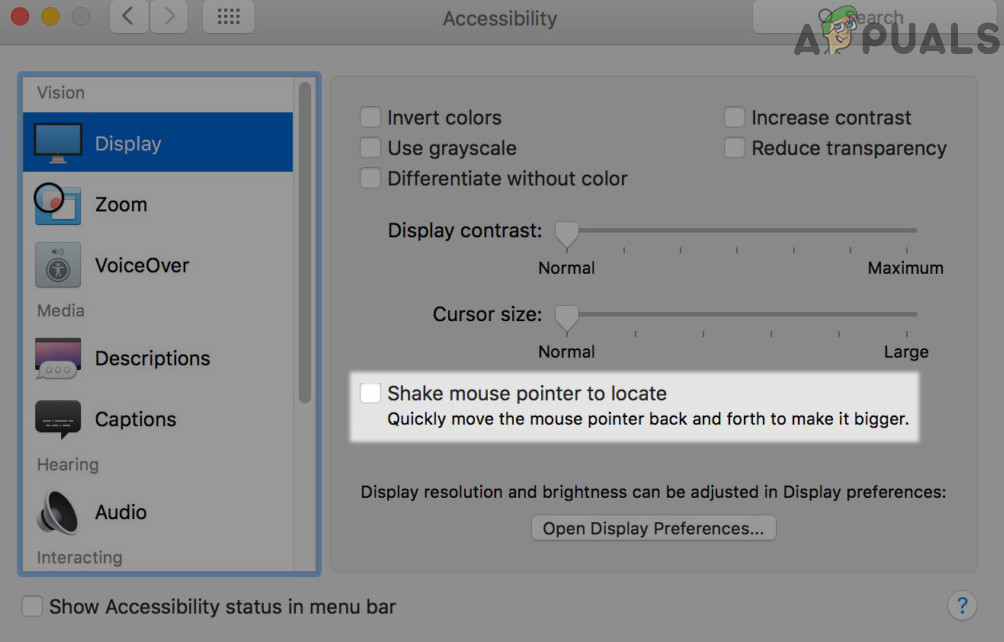
Disable Shake Mouse Pointer to Locate - Then restart the MacBook Pro and check if it is working fine.
If the issue persists, then you may resize the cursor (increase or decrease the cursor size and then revert to the initial) in the Display tab of the MacBook’s System Preference and check if the issue is resolved. You may have to repeat the same after every system restart till the issue is permanently fixed.
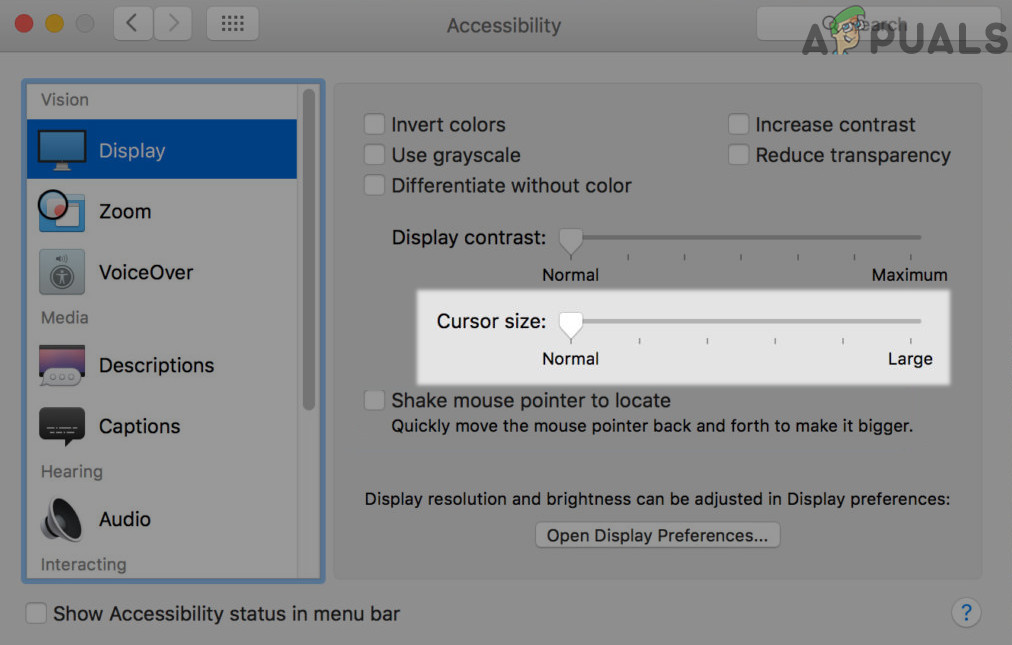
Disable the Dark Mode of the MacBook
MacBook’s screen may flicker if its dark mode is enabled as it can conflict with the display modules of the OS and disabling the dark mode of the MacBook may solve the problem.
- Launch the System Preferences of the MacBook and open General.
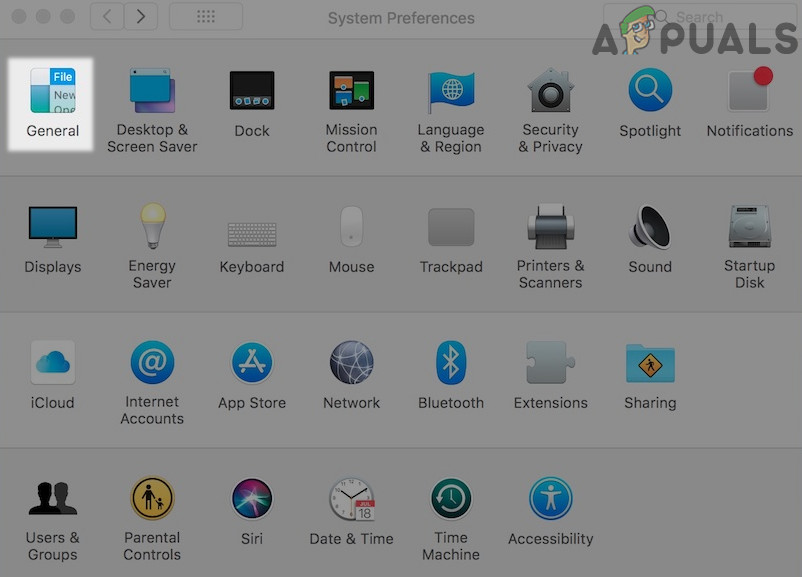
Open General Settings of Mac - Now, in the Appearance section, select Light and once the Light mode is applied, check if the MacBook Pro screen flickering issue is resolved.
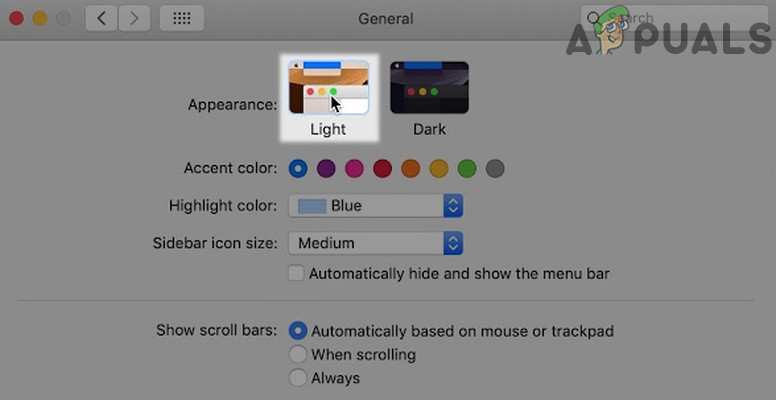
Set the Light Mode of the Mac
If that did not work, check if disabling the Night Shift (System Preferences>> Displays>> Night Shift) solves the screen flickering issue.
Disable Auto-Brightness and True Tone of the MacBook
The MacBook Pro’s screen might flicker if the options of the Auto-Brightness and True Tone are enabled as they may interfere with the display modules of the system. In this context, disabling the Auto-Brightness and True Tone may solve the problem.
- Launch the MacBook’s System Preferences and open Displays.
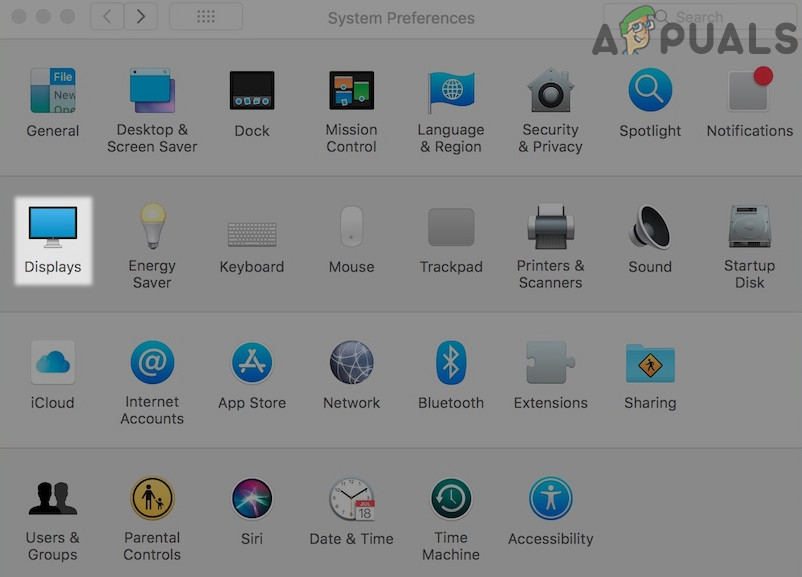
Open the Displays Settings of Mac - Now select the Display tab and uncheck the following boxes:
Automatically Adjust Brightness True Tone
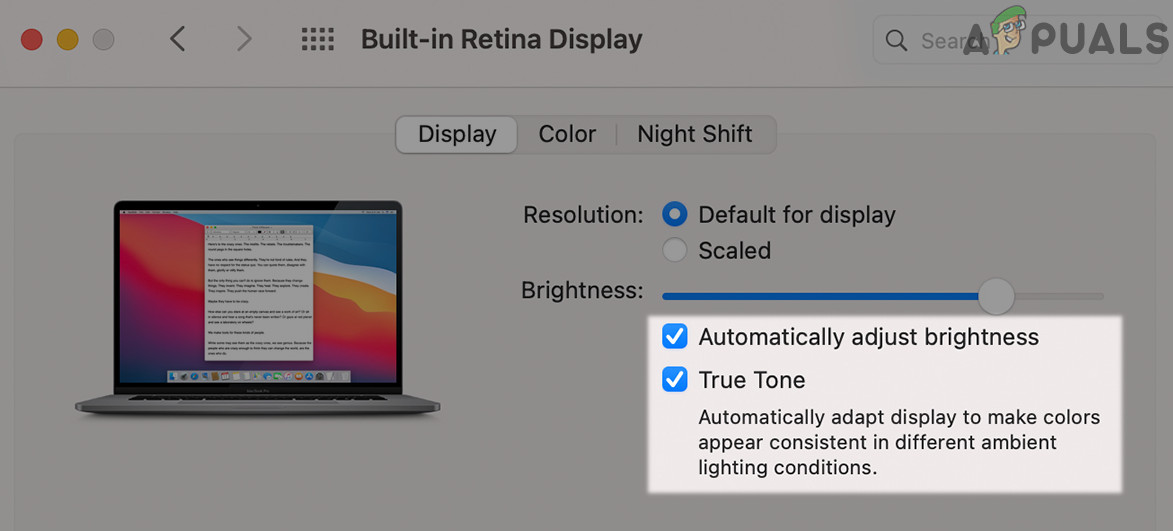
Disable Automatically Adjust Brightness and True Tone of Mac - Now relaunch MacBook to check if it is clear of the screen flickering issue.
Disable Automatic Graphics Switching of the MacBook
If your MacBook Pro is configured to automatically switch between the best graphics card of your system (if your MacBook is a dual graphics card machine) to extend its battery life. In this context, disabling the Automatic Graphics Switching of the MacBook may solve the screen flickering issue (but it may badly impact the battery life of your MacBook).
- Launch the MacBook Pro’s System Preferences and open the Battery (or Energy Saver).
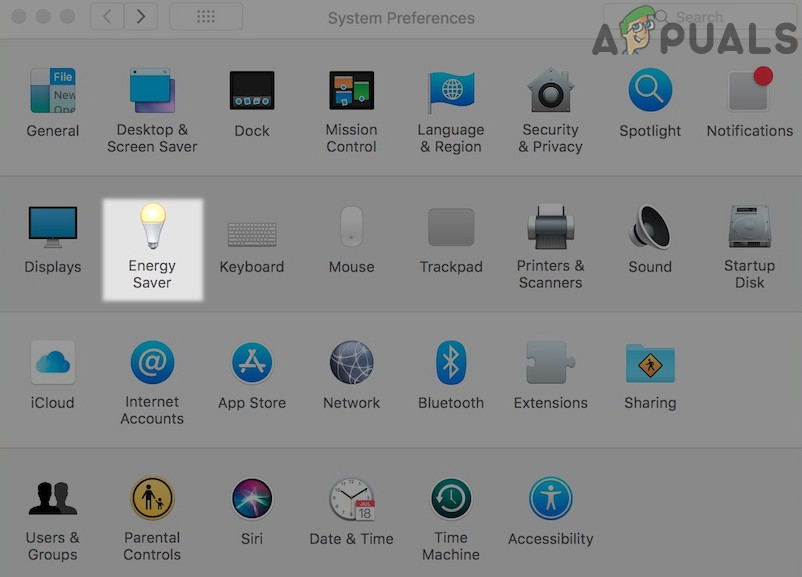
Open the Energy Saver Settings of Mac - Now head to the Battery tab and uncheck the option of Automatic Graphics Switching. For some of the MacBooks, you may have to check in the Energy Saver section of System Preferences.
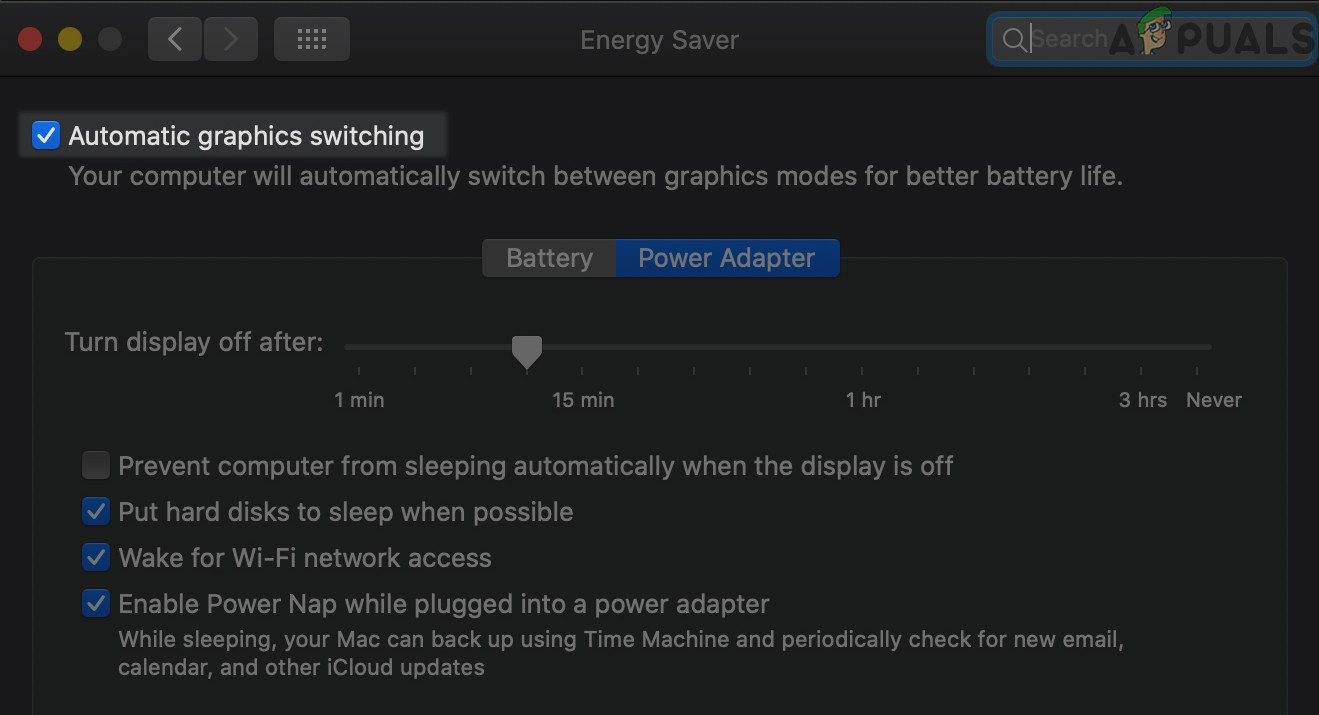
Disable Automatic Graphics Switching of Mac - Then restart MacBook and check if the screen flickering issue is resolved.
- If not, check if disabling the option of Optimize Video Streaming While on Battery and restarting the device solves the issue.
If that did not work, check if disabling the Prevent Computer from Sleeping Automatically When the Display is Off (System Preferences>> Energy Saver>> Power Adapter) sorts out the screen flickering issue.
Uninstall the Conflicting Applications and Remove Startup Items
The screen of your MacBook Pro may flicker due to a 3rd party application or if any of the startup items are interfering with the display modules of the OS. In this context, uninstalling the conflicting applications and removing the startup items may solve the problem.
Users have reported the following applications to create the issue:
- Firefox
- Lockdown Browser
- Flux
- Outlook SyncServicesAgent
- Karabiner (A keyboard re-mapping application)
- JetBrains ToolBox
You may check if any of these or a similar application is causing the issue for you, for illustration, we will discuss the process to remove the Firefox browser from the MacBook.
- Firstly, back up the essential Firefox info/data (website logins, bookmarks, etc.) and then completely close it from the dock.
- Now launch Finder and head to the Applications Folder.
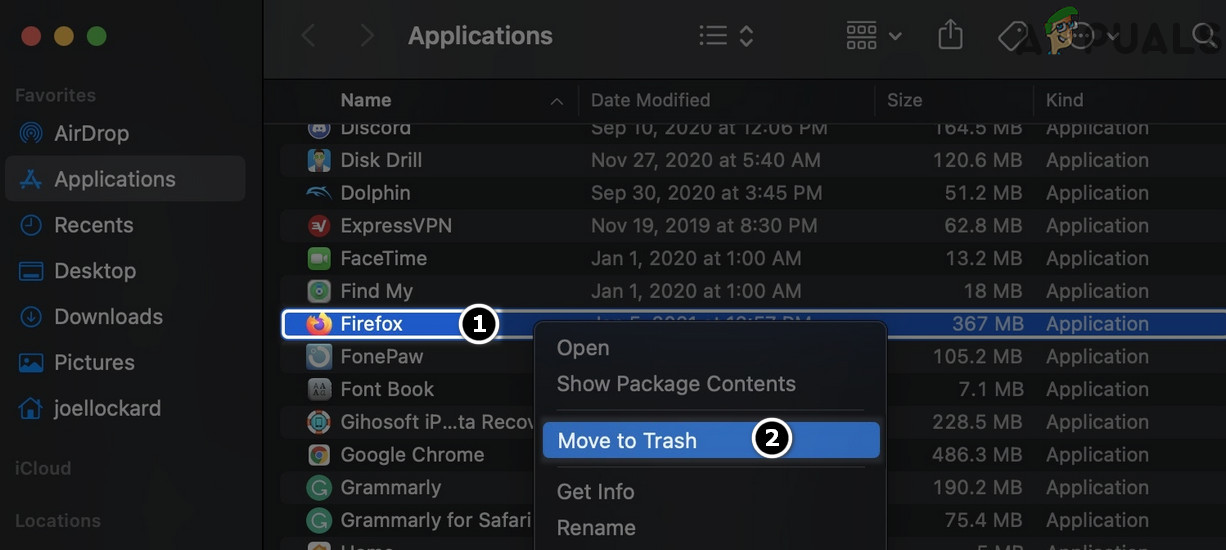
Move Firefox to Trash in Mac’s Applications Folder - Then right-click Firefox and select Move to Trash.
- Now open the Go menu and select Go to Folder.

Go to Library Folder of Mac - Then type Library and click Go.
- Now open the Application Support folder and move the following folders to Trash:
Firefox Mozilla
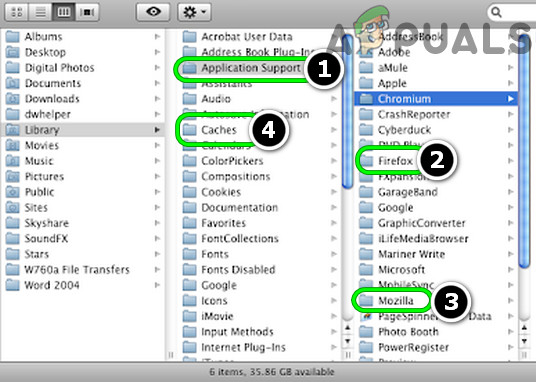
Delete Mozilla and Firefox Folder in Applications Support Folder and open the Caches Folder - Then open the Caches folder and delete the following folders:
Mozilla Firefox
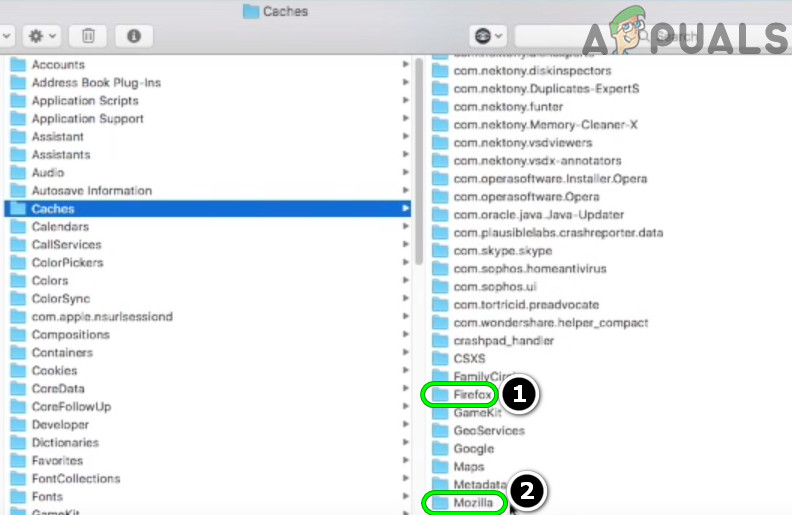
Delete Mozilla and Firefox Folder in the Caches Folder of Mac - Then open the Preferences folder and delete Mozilla plist file.
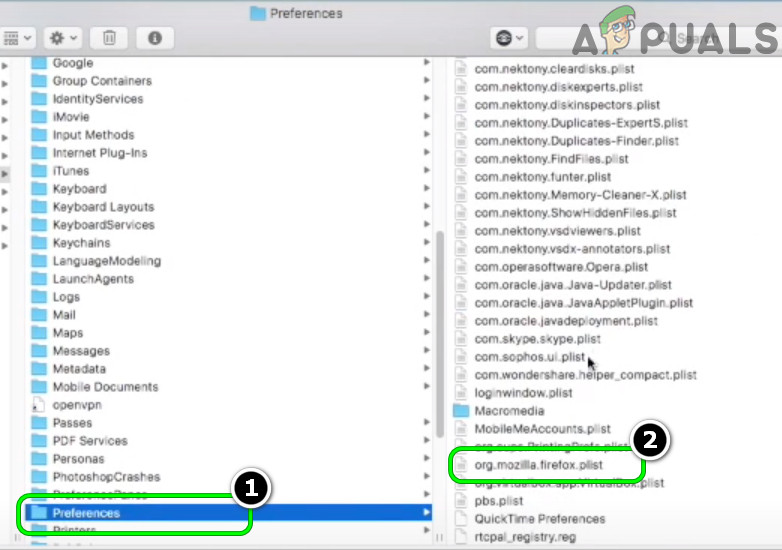
Delete the Mozilla PList File in the Preferences Folder - Now empty the Trash of the MacBook and reboot it to check if it is clear of the flickering screen issue.
If the issue persists after removing the conflicting applications, then you may create a new user account on the MacBook and check if the flickering issue is not occurring in the new user account. If so, then you may remove the Startup Items from the main user account.
- Navigate to the Users & Groups in the System Preferences of the MacBook and click on your user account.
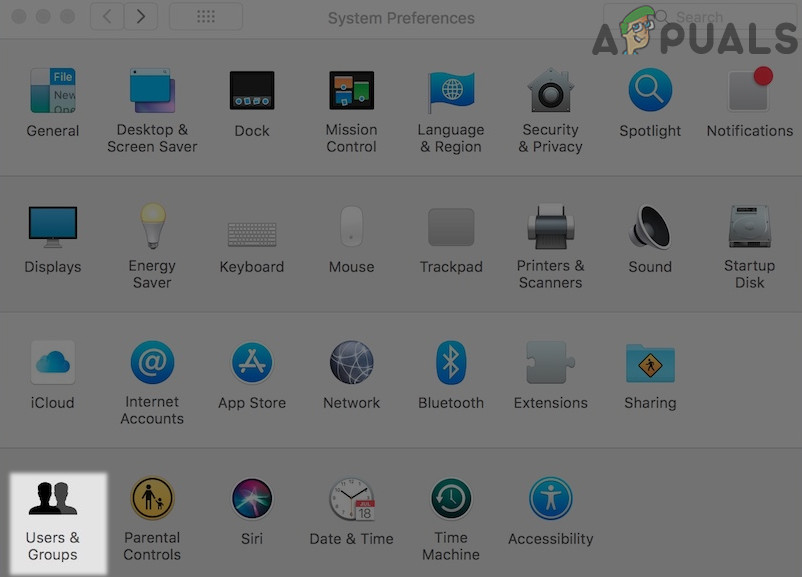
Open Users & Groups of Mac - Then steer to the Login Items tab and note down the items present there.
- Now remove all the items (you may have to unlock the padlock and enter your password) and reboot your MacBook to check if it is clear of the flickering screen issue.
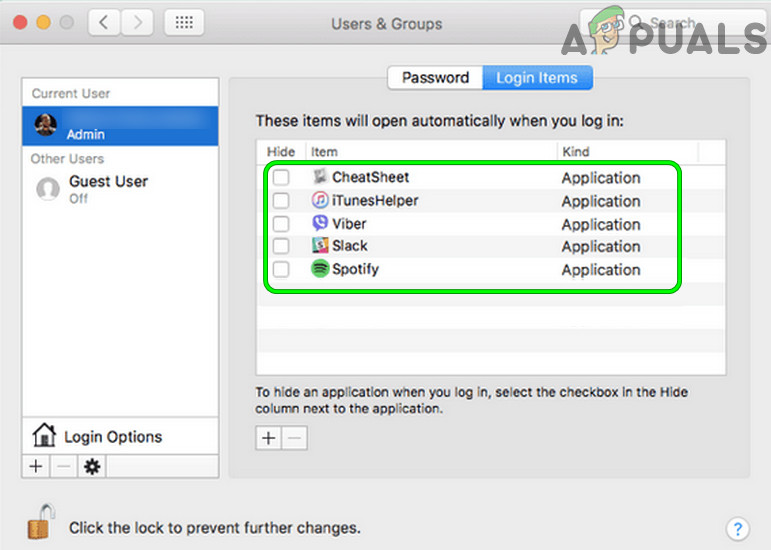
Remove Login Items of the User in Mac
Reset SMC of the MacBook to the Defaults
The screen of the MacBook Pro may flicker if the low-level settings (battery management, thermal management, motion and light sensors, etc.) of SMC (System Management Controller) are corrupt. In this case, resetting the SMC to the defaults may solve the MacBook issue.
- Firstly, power off your MacBook and press and hold the following keys for 10 seconds (make sure you press and hold the power key at last):
Shift, Control, Option, and Power keys
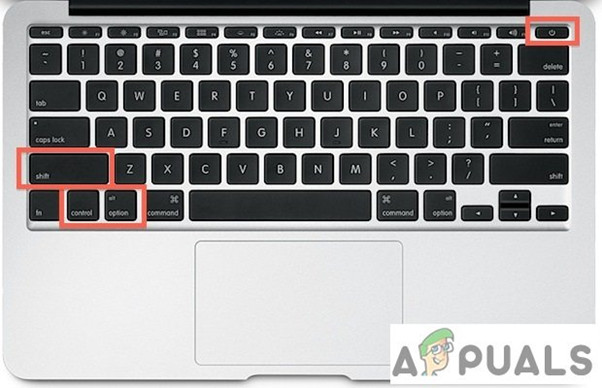
Reset the SMC of Mac to Defaults - After 10 seconds, release the keys and wait for few more seconds.
- Then power on the MacBook and check if the screen flickering issue is resolved.
Reset NVRAM and PRAM to Defaults
The MacBook Pro screen may flicker if the PRAM (Parameter RAM) and NVRAM (Non-Volatile Random-Access Memory) memories of your system are corrupt. In this case, resetting the NVRAM and PRAM to the defaults may solve the problem but keep in mind resetting these memories may overwrite any temporary or customizable configurations. But before moving on, make sure to back up the Mac system by using the Time Machine.
- Power off your machine and then press/hold the following keys (make sure to press/hold the power button on the last):
Option + Command + P + R and the Power button

Reset PRAM NVRAM - Now your MacBook will start to power on but keep hold of the keys until you hear the start-up tone for the 2nd time and then release the keys. For the MacBooks with Apple T2 Security Chips, you may release the keys when you see the Apple logo for the 2nd time. In both cases, you may have to hold the mentioned keys for nearly 20-30 seconds.
- Then wait till the system is properly powered on and afterward, check if the MacBook pro screen flickering issue is resolved.
Run the Apple Diagnostics
If nothing has worked for you, then running the Apple Diagnostics may solve the issue by clearing the incorrect flags of the PRAM, NVRAM, and SMC (if it does not detect any hardware issues).
- Power off your MacBook and unplug it from the power source (while its lid is open).
- Now wait for 5 minutes and reset the following (as discussed above):
PRAM, NVRAM, and SMC
- Then power off the machine once again (if it is powered on) and press/ hold the MacBook’s power button till the startup options window is shown.
- Now press the Command and D keys to launch the Apple Diagnostics.
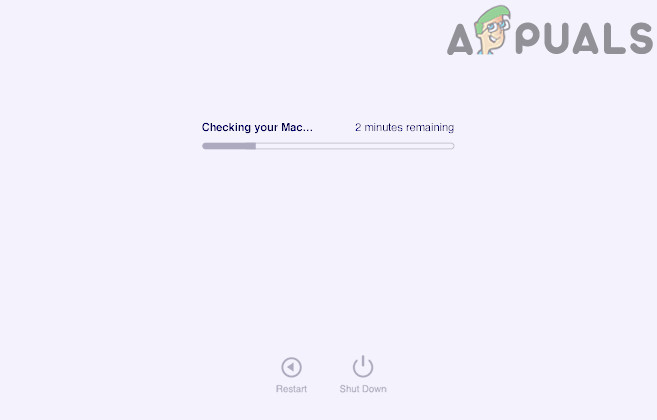
Running the Apple Diagnostics - Then wait till the diagnostics run the tests and if nothing is reported, press the S key to shut down the MacBook.
- Then reset the RRAM, NVRAM, and SMC once again.
- Now restart the MacBook and check if its Screen Flickering issue is resolved.
If none of the solutions did the trick for you, check if using a 3rd party tool like SwitchResX and selecting billions of colors solves the issue. If not, check if performing the clean installation of the macOS on the MacBook solves the flickering issue. If the issue persists, check if Windows 10 shows a similar behavior when installed through the boot camp. If so, then get your system checked for a hardware issue.





